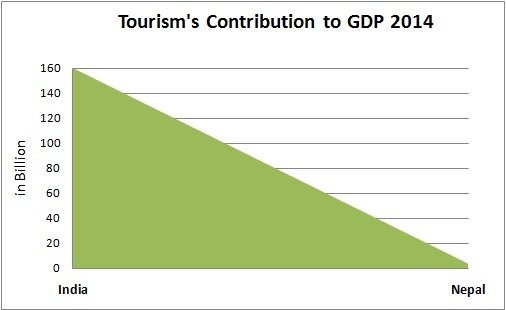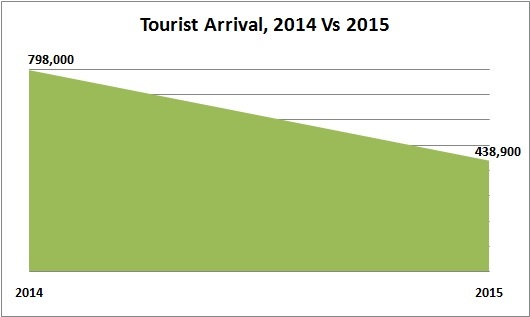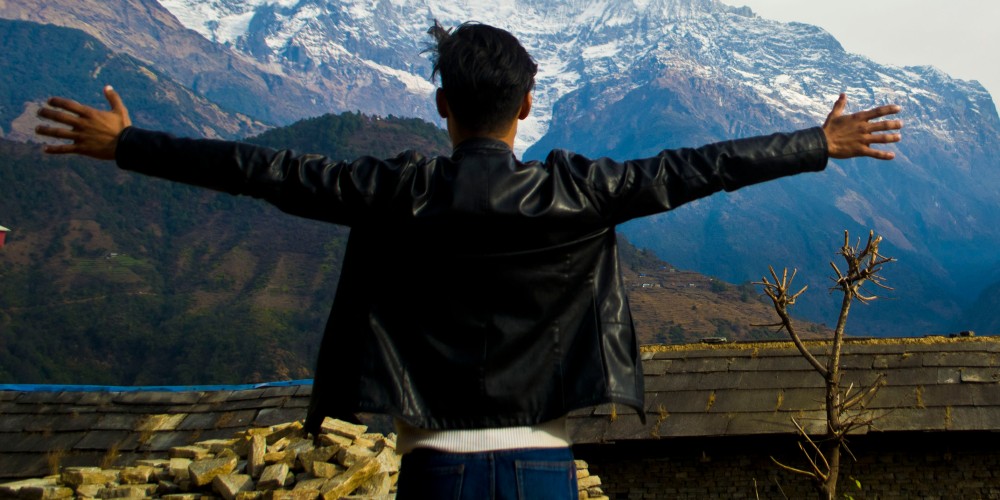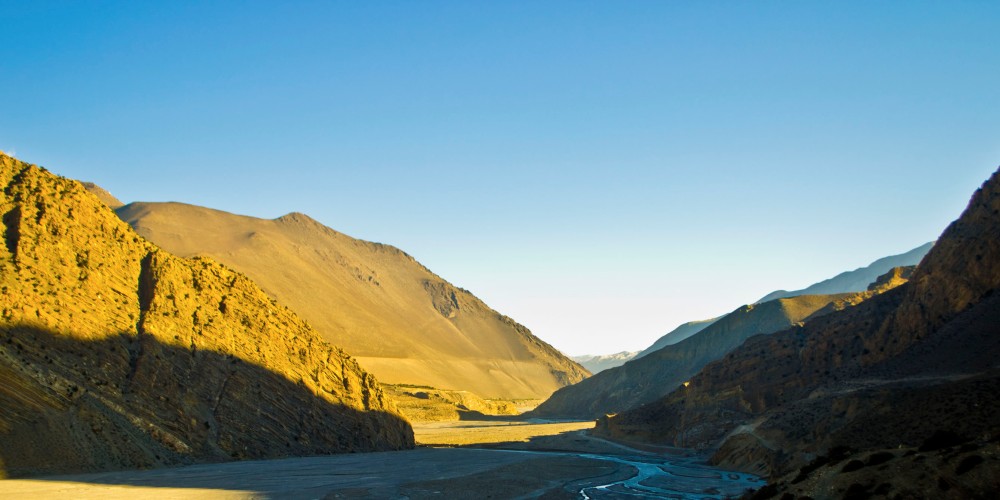Nepal is way smaller to notice in the world map, however, there are very few people around the world who haven’t read or heard about it. Since the commercialization of mountaineering in the 80s, Nepal has experienced a new wave of tourism in the country. In the last 30 years, it has seen many smaller and larger upheavals.
Here are some insightful facts on Nepal’s tourism industry; along with the prevalent problems and remedial measures for its improvement, I have noticed and experienced in my time in the industry.
FACTS
- A survey led by Nepal Rastra Bank in 2014 for economic activities report suggested, Nepal can accommodate almost 7.44 million tourists annually with its existing infrastructure. Yet, we only receive 700,000 to 800,000 tourists annually, a mere 10% of our potential.
- Even with 1,198 trekking agencies registered in TAAN (Trekking Agencies Association), thousands of Star-rated/Non-rated hotels, lodges and guest houses, and numerous outdoor agencies, Nepal has served a way lesser number of tourists compared to its counterparts, India (the 38th most visited country) and China.
- In India, tourism contributed 6.7% of India’s total GDP in 2014, which roughly sums up to $159.72 Billion, whereas, Nepal’s tourism contributed 5.4% of the GDP, amounting for a mere $3.61 Billion.

- Gay/LGBT Tourism is one of the most potential tourist marketplace in the world. GETA suggests, the gay tourism holds a worldwide market value of $200 Billion, however, Nepal has been a low achiever in this arena, primarily because of the lack of knowledge about the new market and skepticism to adopt new marketing trends. (Source)
Tourism helps produce employment, More than 450,000 jobs were created in 2014 solely from tourism, the highest in the history. Many more can depend on tourism to raise their income via service, primarily, those who reside in remote areas of the country.
CURRENT STATUS
#1 Promotion
‘Visit Nepal 1998’ a government led campaign was the last most successful tourism campaign ever introduced by the state to bring in more tourists. Most campaigns introduced either from the government or Nepal Tourism Board have been mediocre in results. Visit Nepal 2011 failed to grasp any attention from the tourists.
With the advent of internet in the early 2000s, private sector (Travel agencies and hotels) has been the major precursor in promoting Nepal on a global scale. The occasional travel marts and fair helped, that even in a limit due to physical constraints.
The recent trend of promoting one’s agency online helped in creating enormous amount of useful information in various medium; website, blogs, video and forums, for the world to see and read. Most readership on Nepal’s tourism rely mainly on blogs and journals promoted by private agencies. The major chunk of tourism sales today are made via Google Adwords and online referrals. Third party agents have subsided in the last 5 years, whereas, online marketing and promotion has increased 30x.
Around $4.5-6 million is spent on online advertising and promotions by the private sectors in Nepal annually.
#2 Trade
The trade relies mainly on the private agencies and hotels, along with the government as only a facilitator. Agencies help promote the product and bring in guests, the easily affordable and available hotels help to accommodate the guests, whereas, government facilitates permits and other official procedures to service them throughout their stay.
Most tourists visiting Nepal account for adventure travel. In average, 450,000 tourists visit Nepal every year to either trek, hike or mountaineering. Adventure travel helps generate most revenue for the country from the lengthy stay and the purchase of travel services.
Nepal earns $3 million alone from the climbing permit to the Mount Everest every year.
Hotels, on the other hand, profit mostly from the long staying guests, therefore, the sole approach of tourism has been to bring in and service long staying guests.
PREVALENT PROBLEMS
#1 Promotion
Promotion of tourism has truly relied on the private sector with least or none monitoring/guidance from the government. Private agencies tend to have a biased or limited marketing prospective. As seen in Nepal in the last 15 years, every agency has involved in promoting and profiting from only a set number of tourist destinations but the entire nation.
The term ‘Everest’ is the only (re)marketable brand ever used or available in Nepal. Most resources, agencies and staffs are appointed to cater the tourists visiting the Everest region, whereas, the different yet seemingly popular trails such as Annapurna, Dolpo, Mustang, Far East and Far West receive least attention from both the agencies and tourists.
Everest accounts for mere 5% of Nepal’s tourism, however, 98% of agencies rely solely on the Everest to achieve most of their profit.
This accounts for the vicious circle of ill marketing which alienates other potential tourism sectors in Nepal time and again. Due to the very trend, holiday-goers tend to notice only the overtly promoted tourist segment while remaining ill-informed or ignorant about the 95% of other available tourism services.
Post-Earthquake 2015, most promotions and re-branding has been done solely by the private sectors.
The combined effort of reassuring the world via informative blogs, visual contents, social media campaigns and word of mouth marketing helped regain most of the lost tourism. Most private agencies, yet went unnoticed, helped to bring the most amount of tourists in Nepal since the earthquake with their immense efforts via online promotions and viral marketing. Government played a minimal yet important role in reassuring tourists.
Moreover, post-earthquake, numerous private agencies pleaded global community to help build Nepal via financial support. Millions of dollars poured in the small nation through private agencies, where many of them chose to misappropriate the fund for personal use. How much of it has been used in the rebuilding process still remains a big question!
#2 Trade
The trade faltered post-earthquake, mainly because of the massive destruction of the infrastructures. Hotels and lodges were closed or refurbished before resuming the services, which discouraged tourists to visit or stay any longer in Nepal, hence, demoralizing the hotel industry.
Post-earthquake, the average length of stay dropped to mere 6 days, and occupancy of the hotel dropped below 20%
The post-constitution phase resulted in the blockade of imports of essential goods from India which added to the never-ending problems of the trade. Hotels and restaurants could hardly provide timely meal, heat or light to the guests, and agencies had to suffer mostly from poor transportation and lack of full-fledged accommodations.
Due to these constraints, the tourist arrival fell by 45% in 2015 compared to the same period in 2014. [Source]

REMEDIAL MEASURES
What Nepal possesses in natural and cultural riches, it lacks in planning and executions, mostly in the government or policy-making level.
- The dogmatic practice of using Everest to promote a product won’t help in the future. It’s bound to loose its charm after a while. The government’s move to introduce new climbing peaks and cut the royalty for other popular peaks came as a positive sign to switch the attention from the Everest to other products, however, this will never be enough. An optimized use of other tourist destinations can only come into practice when the private agencies, which controls the major portion of the travel industry, and government shift their importance to other potential products.
- If private agencies and the governing bodies (NTB, TAAN & NATTA) can urge themselves to explore and tap the newer and potential market segments, such as; billion dollar gay/lgbt tourism industry, it can help increase the total tourist arrival in the country, along with the growth in revenue and brand value.
- The target of servicing 7.44 million tourists a year can only be possible when everyone involved in the tourism change their placid attitude and prevent from fighting with each other in a single market to work together for the goodwill of the entire industry.
- The varying directions of the marketing approaches of the private agencies cannot help achieve a single goal unless the primary governing body steps in to help provide a straight direction to the entire industry. The competition to achieve mere sales target from the same itinerary among the private agencies won’t help the cause, nor will offering mere incentives to the guests to stay longer in the hotel. It is bound to end soon. The Vicious circle of ill marketing has to end!
Note:
$ = USD
Private agency/agencies/sector = Privately owned outdoor agencies
Copied from Linkedin Pulse –State of Tourism in Nepal
27.717245
85.323960
















































